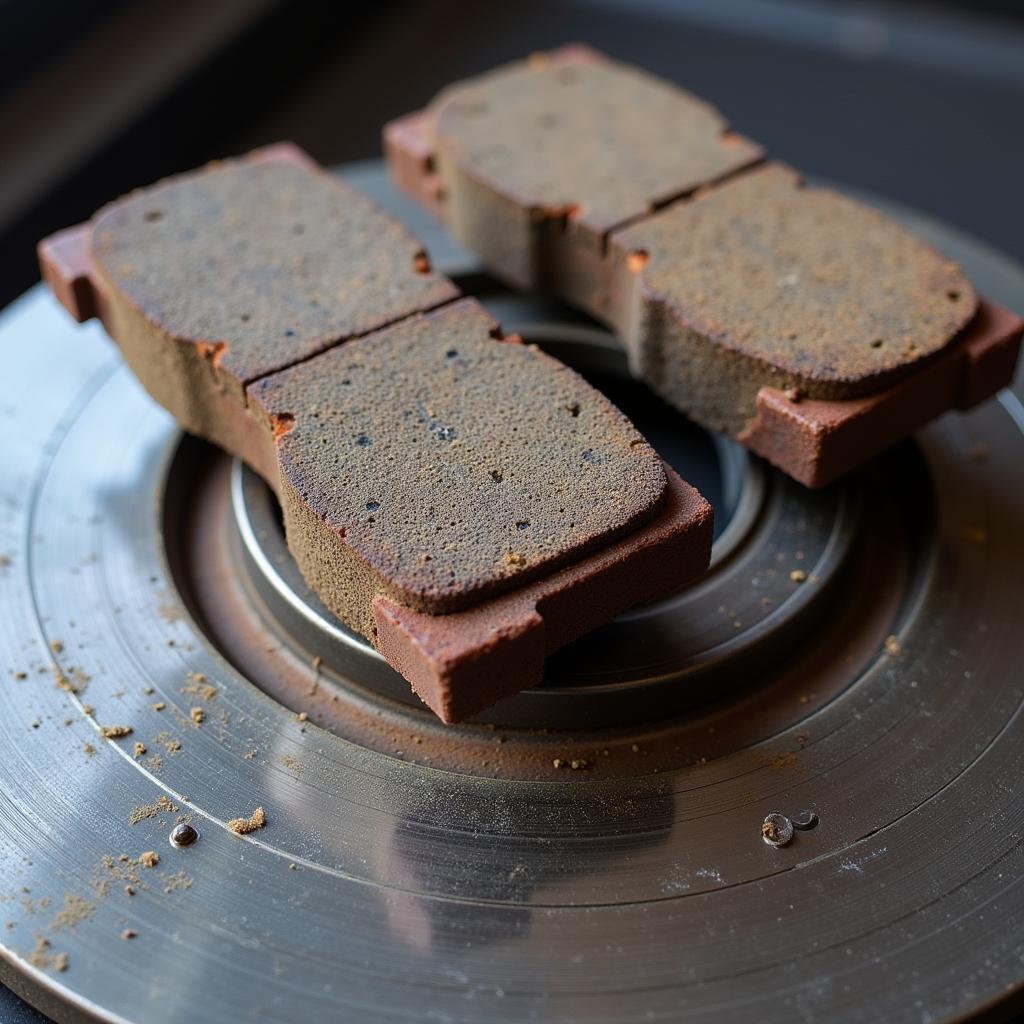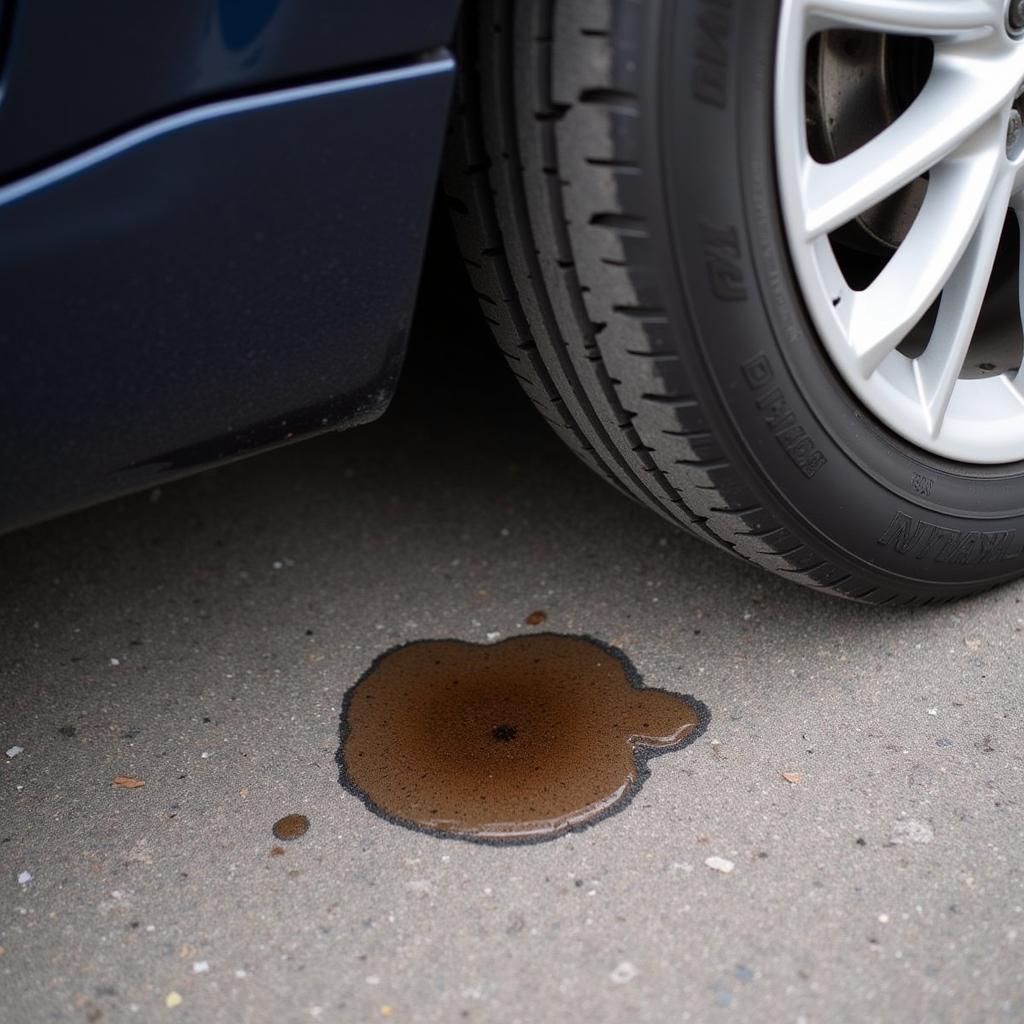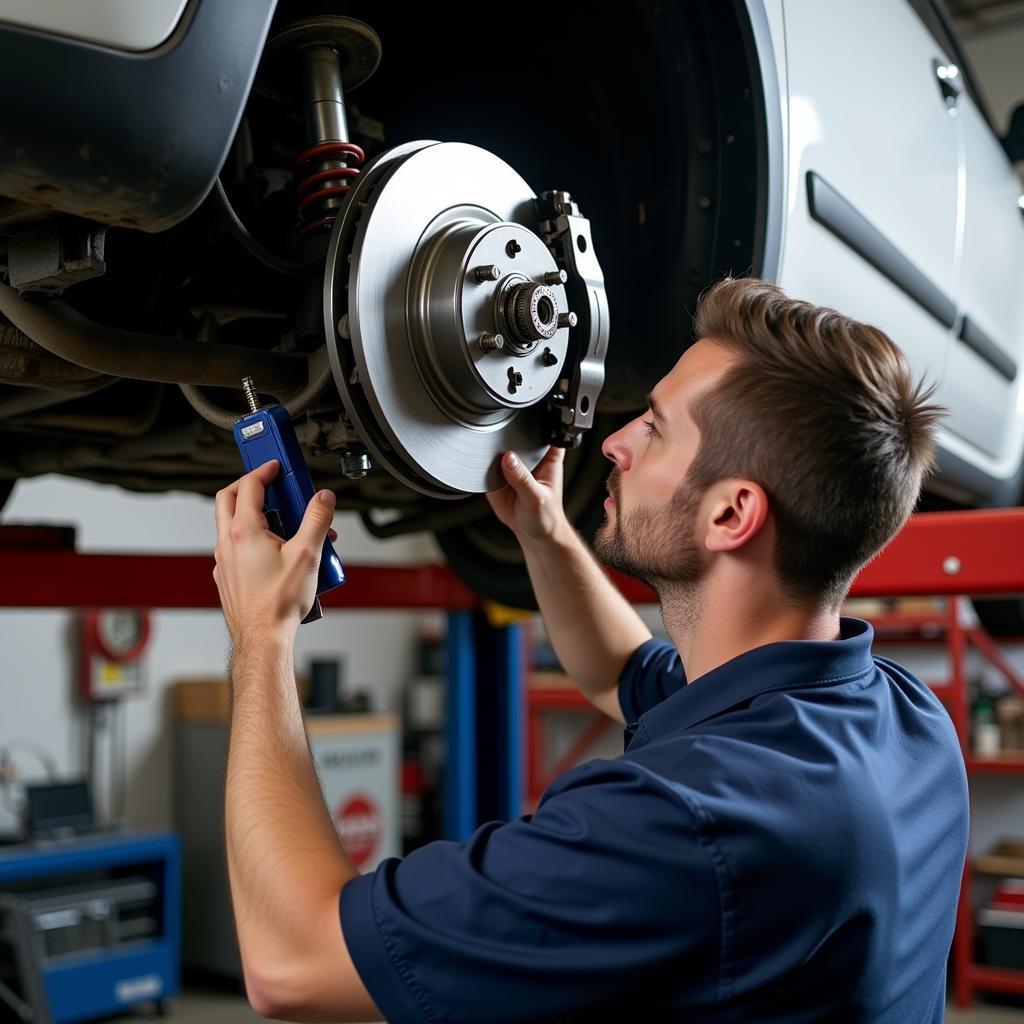Are your brakes screaming for attention? Knowing the warning signs you need new brakes is crucial for safe driving. This guide, incorporating insights from J.D. shopping guides, will help you understand those signs, empowering you with the knowledge to make informed decisions about brake maintenance and replacement. Don’t wait for a catastrophic failure; learn to recognize the subtle (and not-so-subtle) cues your brakes are sending you.
Recognizing the Telltale Signs of Worn Brakes
Several key indicators can point to worn brakes. Ignoring these warning signs can compromise your safety and lead to more expensive repairs down the line. Let’s explore some of the most common symptoms.
Squealing, Grinding, or Screeching Sounds
One of the most obvious signs you need new brakes is a high-pitched squeal or screech. This sound is often caused by a small metal shim, called a wear indicator, making contact with the rotor. It’s a built-in warning system telling you your brake pads are getting thin. A grinding sound, however, indicates that the brake pads are completely worn down, and metal is grinding against metal. This can damage your rotors, leading to significantly higher repair costs.
 Worn brake pads with visible wear indicator
Worn brake pads with visible wear indicator
Vibration or Pulsation in the Brake Pedal
If you feel a pulsating or vibrating sensation in the brake pedal when you apply the brakes, it could indicate warped rotors. Rotors can warp due to excessive heat or wear and tear. While not always a sign that you need entirely new brakes, it’s a crucial warning that requires immediate attention.
Soft or Spongy Brake Pedal
A soft or spongy brake pedal can signal a problem with your brake fluid or air in the brake lines. This means you have to press the pedal further down than usual to engage the brakes, significantly reducing your stopping power. This is a serious safety concern and requires immediate professional inspection.
 Leaking brake fluid near a wheel
Leaking brake fluid near a wheel
Pulling to One Side When Braking
If your car pulls to one side when you brake, it could indicate uneven brake pad wear, a stuck caliper, or a problem with the brake hydraulic system. This imbalance can make it difficult to control your vehicle during braking, especially in emergency situations.
Burning Smell While Driving
A strong, acrid burning smell, especially after heavy braking, could indicate overheating brakes or excessively worn brake pads. This smell is often described as similar to burning rubber or plastic. Don’t ignore this warning sign – it could signal a serious problem.
J.D. Power Shopping Guides: Your Resource for Informed Decisions
J.D. Power provides comprehensive shopping guides that can assist you in making informed choices about your brake repairs and replacements. These guides offer valuable information on brake pad and rotor quality, pricing, and brand comparisons, helping you find the right parts for your vehicle and budget. Consulting J.D. Power resources alongside professional advice can empower you to navigate the brake repair process with confidence.
When to Consult a Professional
While some brake maintenance tasks can be performed by DIY enthusiasts, it’s crucial to consult a qualified mechanic for any brake concerns, especially if you notice any of the warning signs discussed above. A professional can diagnose the problem accurately, provide reliable repair recommendations, and ensure your brakes are functioning optimally.
 Mechanic inspecting car brakes in a garage
Mechanic inspecting car brakes in a garage
Conclusion: Prioritizing Brake Safety with J.D. Power Insights
Your brakes are your vehicle’s most important safety feature. Recognizing the warning signs you need new brakes, referencing J.D. shopping guides, and consulting a qualified professional are vital steps in ensuring your safety and preventing costly repairs. Don’t wait until it’s too late; prioritize your brake maintenance today.
FAQ
-
How often should I get my brakes checked? Generally, it’s recommended to have your brakes inspected at least once a year or every 12,000 miles.
-
What is the average lifespan of brake pads? Brake pad lifespan varies depending on driving habits and vehicle type, but they typically last between 25,000 and 70,000 miles.
-
Are more expensive brake pads always better? Not necessarily. While premium brake pads might offer better performance and longevity, choosing the right pads for your driving style and vehicle is crucial. J.D. Power ratings can help you compare different brands and models.
-
Can I replace my brake pads myself? While possible, brake replacement requires specialized tools and knowledge. It’s recommended to have a qualified mechanic perform this task.
-
What are some tips for extending the life of my brakes? Avoid aggressive driving habits such as hard braking and accelerating, and ensure your tires are properly inflated.
-
How do I know if my rotors need to be replaced? Signs of worn rotors include a pulsating brake pedal, visible grooves or scoring on the rotor surface, and a grinding noise when braking.
-
Where can I find reliable J.D. Power shopping guides for brakes? You can access J.D. Power automotive ratings and reviews on their official website and through various reputable automotive publications.


